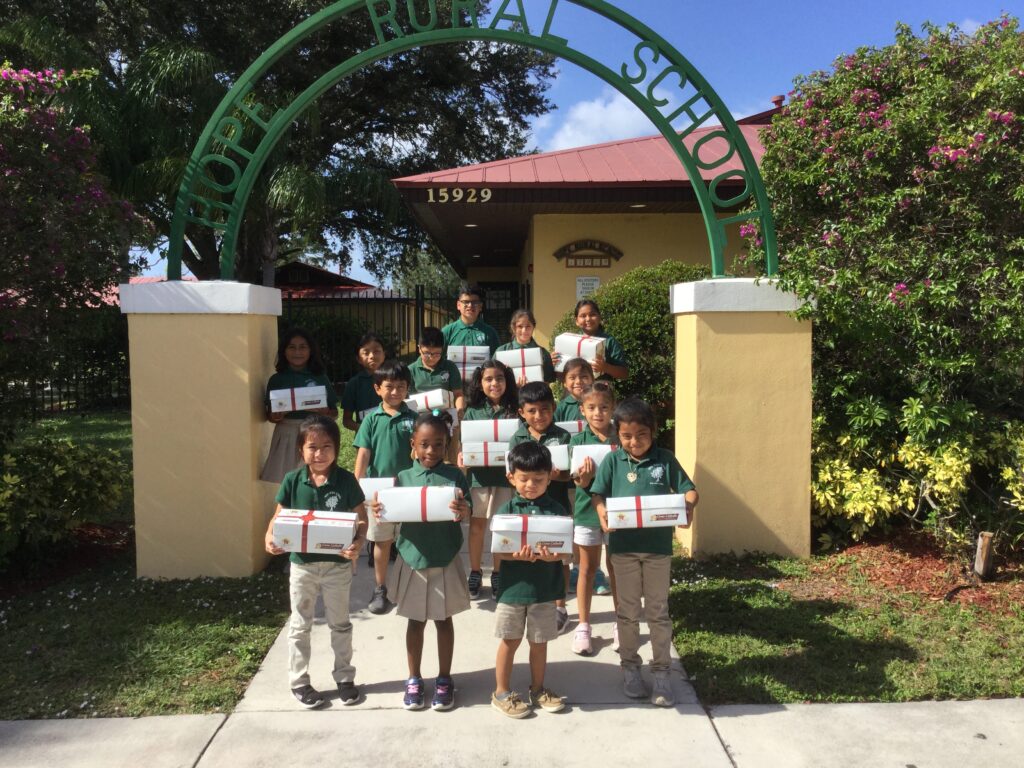The following blog was contributed by Cross Catholic Outreach. To add this service project to your school’s outreach program, please click here. How It Feels to Open a Box of Joy Sadly, Christmas morning often arrives very differently in developing nations. There, impoverished children in remote communities may rise early like their U.S. brothers and […]
Category: NCEA Partner
Navigating the Employee Retention Tax Credit
The following blog was contributed by Frank Clement, director of strategic partnerships at America’s Christian Credit Union. Virtually every school, parish and diocese in America was financially impacted by the COVID-19 pandemic. Consider the now-familiar experience of schools like Trinity Academy1: students were scheduled to return from spring break on March 23, 2020, but never […]
10 Tips to Get Your Students Praying
The following blog was contributed by Emma Dodson from the Community Partnership Team at Hallow. You’ve spent time planning a great lesson, looked up resources, and you’re ready to start praying. Then…your students are distracted and have an energy that derails everything. We’ve all been there, and it’s frustrating, especially when the subject at hand […]
Fostering Care and Belonging
The following blog was contributed by Julie Emory-Johnson, national partnership director at Friendzy. Schools are places of great care. You don’t have to look hard to see examples of service, love, compassion, consideration and kindness–care. Children require it. That kindergartner’s shoe is not going to tie itself. As educators, we naturally pour into the students […]
FACTS^SPACE and the Importance of Community in Education
The following blog was contributed by Courtney Haindel, product marketing manager and FACTS^SPACE community manager at FACTS. Whether through their personal lives or careers, most people eventually realize that things are easier if you’re not doing them alone. We see this every year at our annual user conference, FACTS Elevate, as attendees start organizing casual […]
Put Box of Joy on Your Calendar!
The following blog was contributed by Cross Catholic Outreach. In developing countries where so many suffer from malnutrition and thirst and live in unsafe shelters, the pleasures of a normal childhood must seem completely unobtainable to most boys and girls. Few have experienced the joys of receiving a Christmas gift either — and unless there […]
Turning Summer Learning Loss into Learning Gains
Summer learning loss, summer slide—these familiar terms describe the loss of learning over the summer from the prior school year because of the lengthy absence from school. On top of that, we are now (unfortunately) dealing with COVID learning loss, which still lingers as a result of school disruptions and prolonged virtual learning. Combined, this […]
Three Common Myths About Standards-Based Grading – Debunked
The following blog was contributed by David Specht, Otus Senior EdTech Copywriter. For over 100 years, the grades in our schools have not communicated what students have learned. (Yes, you read that correctly.) Those are the findings that Susan M. Brookhart and her colleagues reported in their 2016 research, “A Century of Grading Research: Meaning […]
Catholic Schools Week 2023
St. (Pope) John Paul II said, “Catholic education is above all a question of communicating Christ, of helping to form Christ in the lives of others.” As Hallow seeks to help our community live a Christ-like life and grow closer to God, we are excited to celebrate Catholic Schools Week this year and support the […]
Stepping Into the Public Square
The following blog was contributed by Bruce Hermie, National Director of School Partnerships at the American Federation for Children. How am I called to respond now? When we made the decision to introduce St. Ignatius Loyola’s Examen into our routine at the high school where I served as dean of students, it was designed to […]









